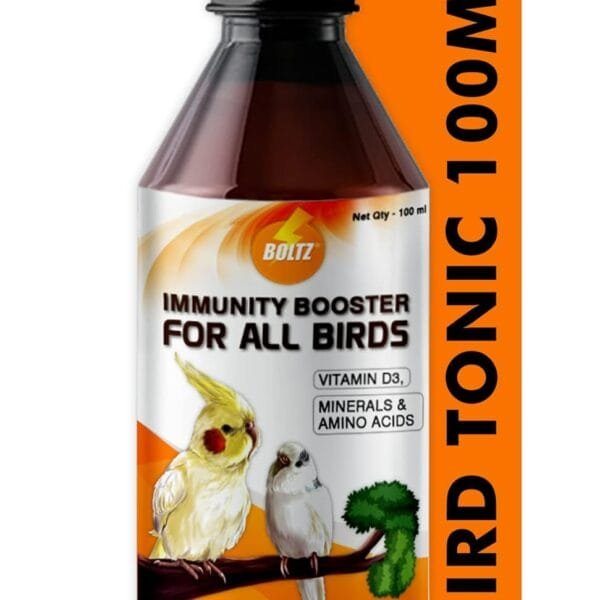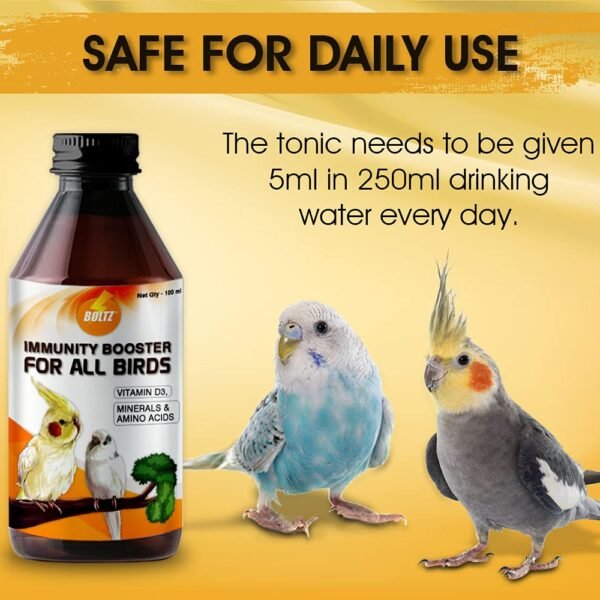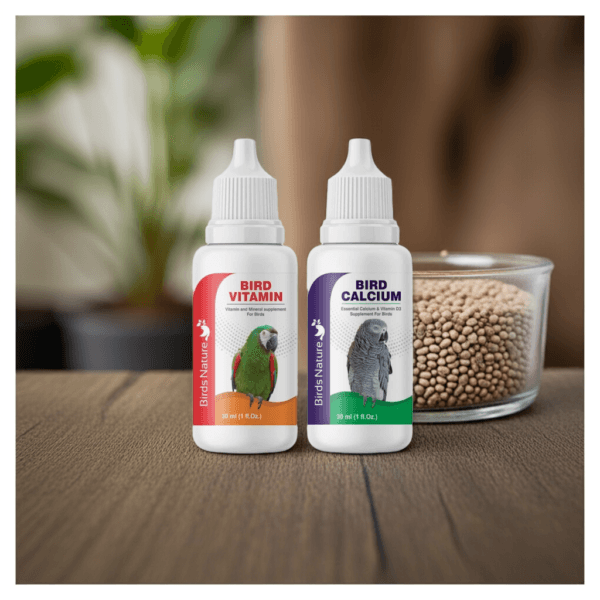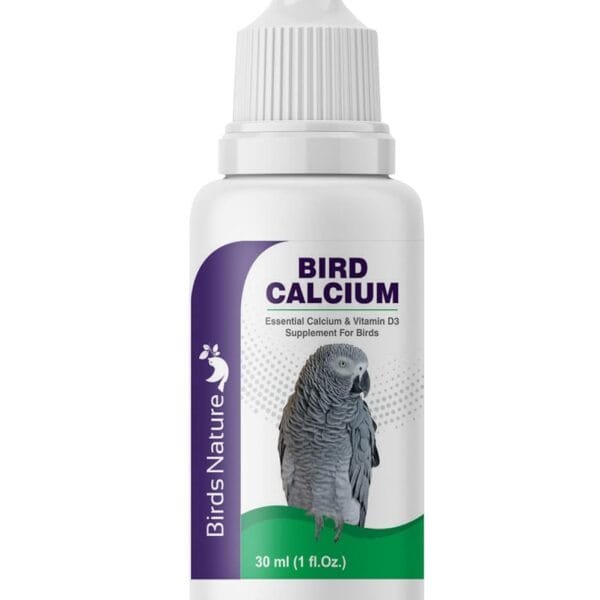Zebra Finch
Zebra finches are lively, social birds native to Australia, known for their cheerful chirping and striking black-and-white striped patterns. These small, low-maintenance birds thrive in pairs or small flocks and are ideal for beginners. Males sport bright orange cheek patches and distinctive chest patterns, while females have more subdued coloration.
ESSENTIAL FACTS
| Feature | Details |
|---|---|
| Scientific Name | Taeniopygia guttata |
| Size/Weight | 4 inches | 10-15g |
| Lifespan | 5-7 years (up to 10 in captivity) |
IDENTIFICATION
| Feature | Details |
|---|---|
| Male | Orange cheek patches, black breast stripes, red beak |
| Female | Gray cheek patches, no breast stripes, orange beak |
| Color Varieties | White, fawn, pied, black-cheek mutations |
DIET
| Component | Details |
|---|---|
| Base Diet | Finch seed mix (1 tsp/bird/day) |
| Supplemental | Sprouted seeds, egg food (breeding season) |
| Grit | Oyster shell/cuttlebone for calcium |
HOUSING
| Feature | Details |
|---|---|
| Cage Size | Minimum 24″L × 16″W × 18″H (pair) |
| Flight Space | Horizontal cages preferred |
| Nesting | Wicker baskets or wooden boxes |
BEHAVIOR
| Trait | Details |
|---|---|
| Vocalization | Constant cheerful chirps (no singing) |
| Social Structure | Must be kept in pairs/groups |
| Activity | Very active, enjoy flying horizontally |
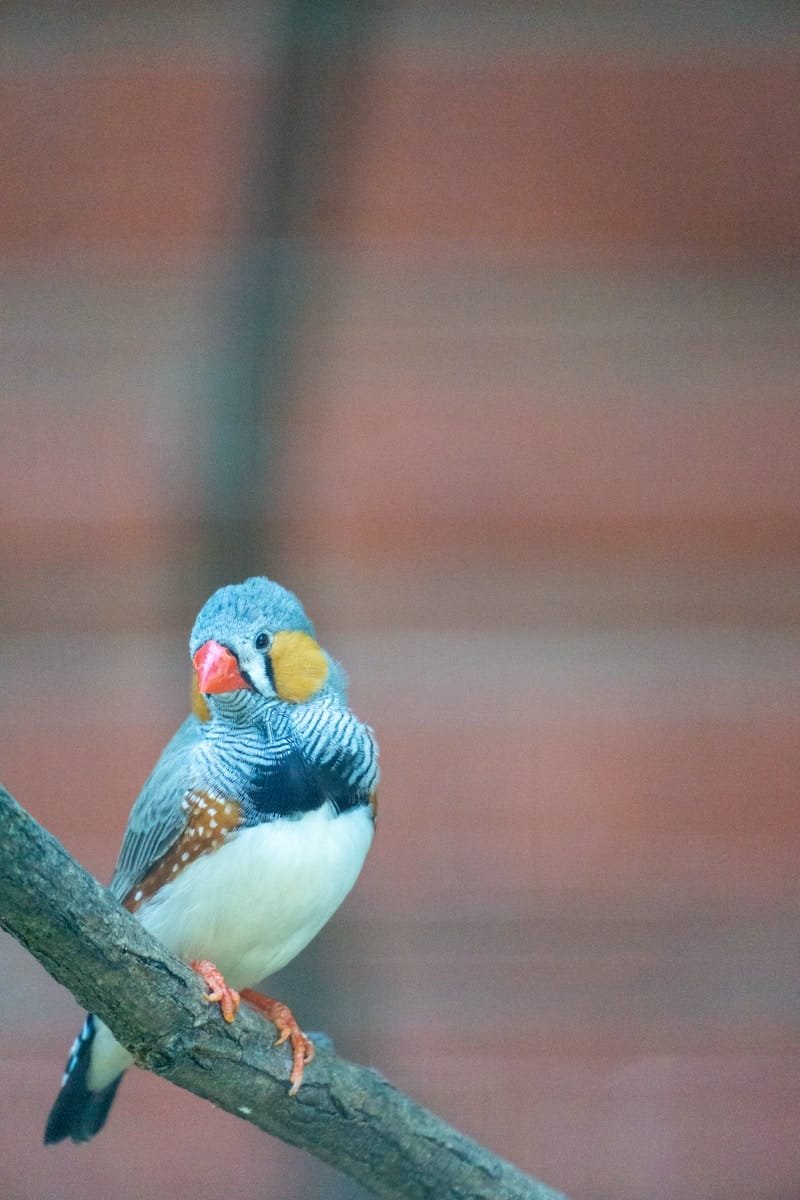
Showing all 3 results
Showing all 3 results
Zebra Finch Care Schedule
DAILY CARE
| Task | Details | Time |
|---|---|---|
| Seed Refresh | Finch seed mix (1 tsp per bird) | Morning |
| Water Change | Clean shallow water dishes | AM & PM |
| Egg Food | During breeding season only | Evening |
| Health Check | Observe activity/droppings | Evening |
WEEKLY CARE
| Task | Details | Frequency |
|---|---|---|
| Cage Cleaning | Remove all debris, wipe surfaces | Sunday |
| Bath Offer | Shallow water dish (1″ deep) | 2-3x/week |
| Seed Variety | Add sprouted seeds/millet spray | Wednesday |
MONTHLY CARE
| Task | Details | When |
|---|---|---|
| Deep Disinfection | Vinegar solution for entire cage | 1st of month |
| Perch Rotation | Replace/clean all perches | Monthly |
| Nest Check | Replace old nesting material | As needed |
Zebra Finch Pro Tips
Social Needs: Never keep singly – minimum pair housing required.
Breeding: Provide coconut fiber for nest building.
Entertainment: Add safe plants like millet sprays for foraging.

